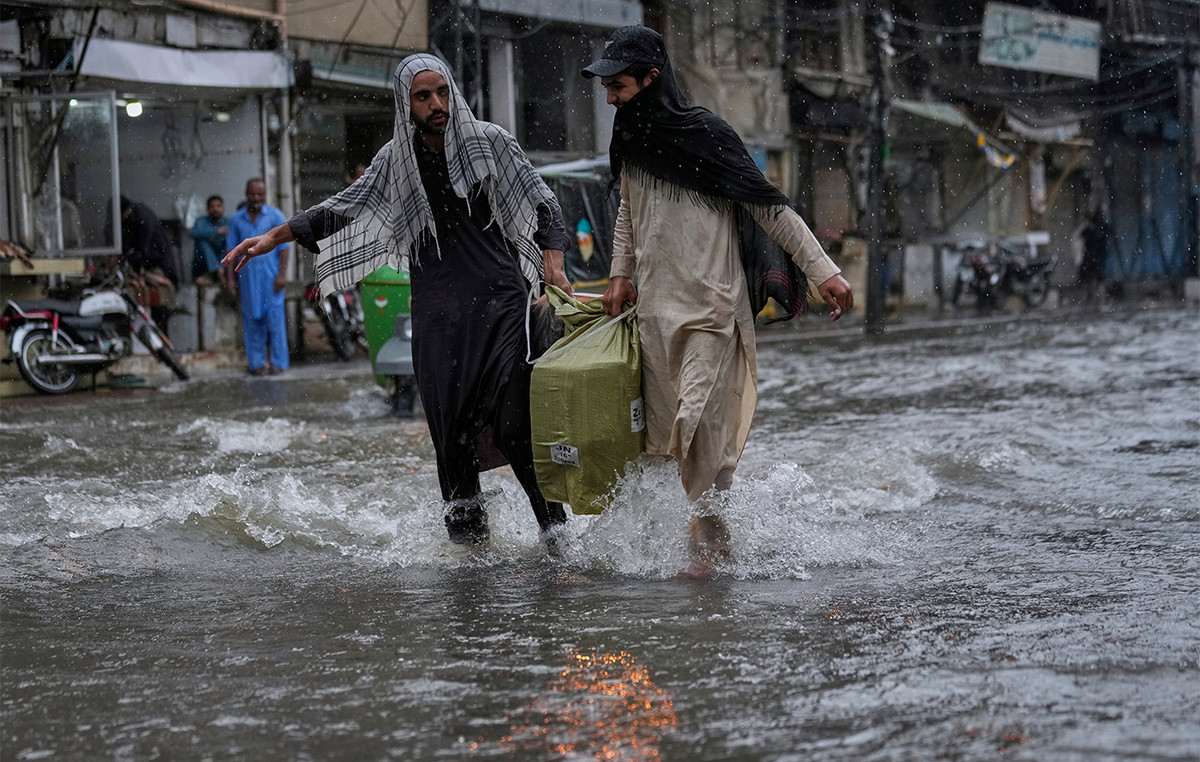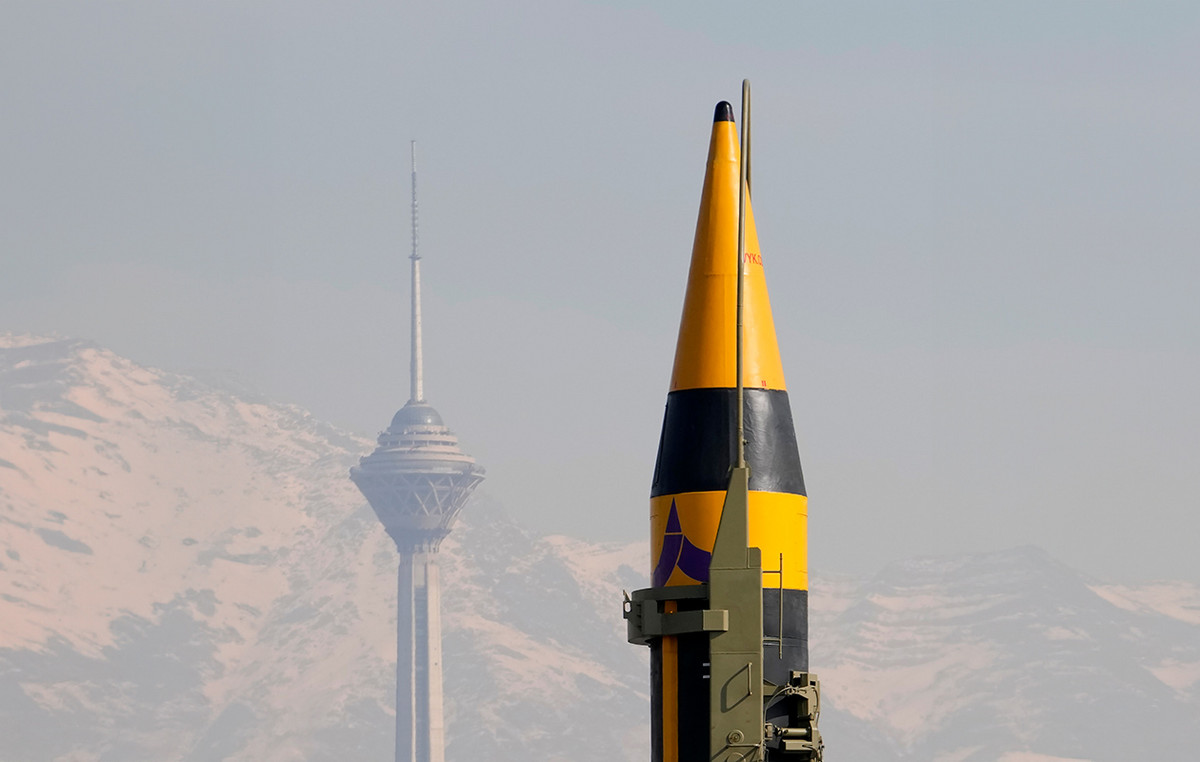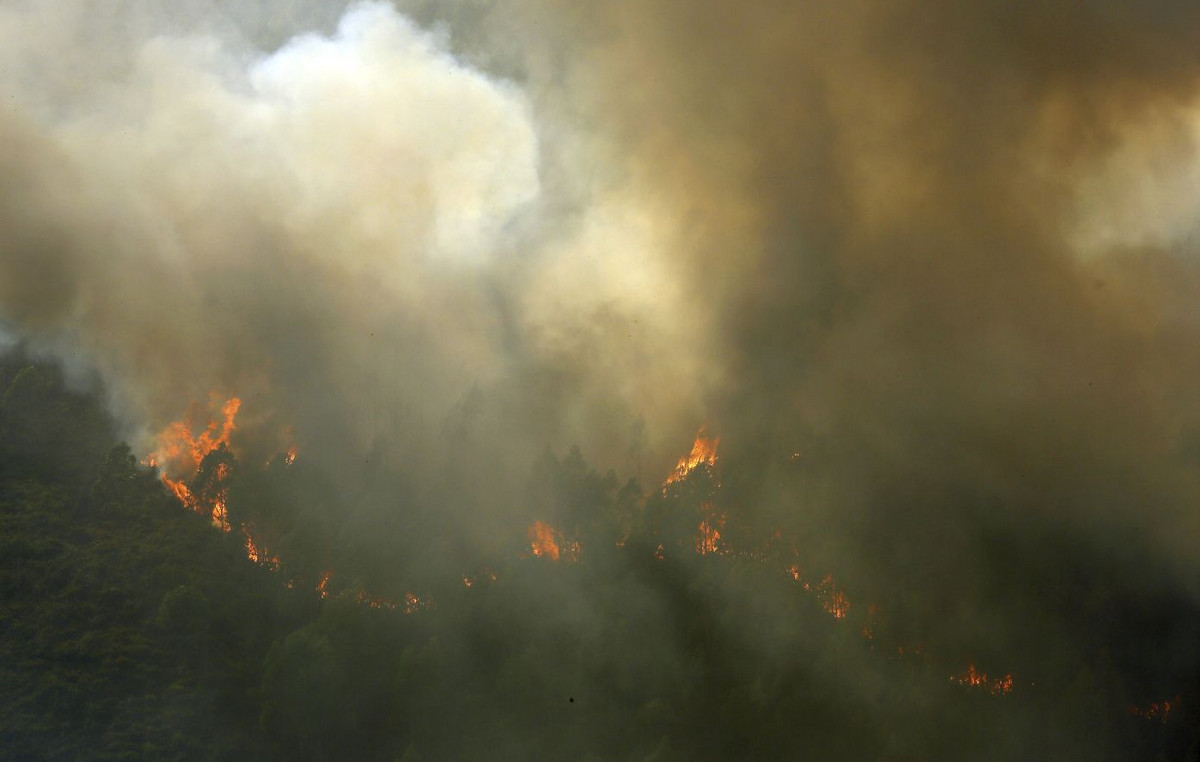Mount Fuji, a UNESCO World Heritage Site and an icon of Japan, has established new rules for climbers amid concerns about crowding of tourists.
Starting this Monday (1st), climbers must pay 2,000 yen (US$12.69) per person, with a maximum limit of 4,000 climbers per day.
“By strongly promoting comprehensive safety measures for climbing Mount Fuji, we will ensure that Mount Fuji, a treasure of the world, is passed down to future generations,” said Koutaro Nagasaki, governor of Yamanashi Prefecture, when announcing the new rules earlier this year.
“To revive traditional mountaineering at the foot of Mount Fuji, we will gain a detailed understanding of the Fuji-ko and Oshi cultures, which supported the worship of Mount Fuji. We seek to link these cultures with mountaineering, as it is rooted in the cultural values of the religion.”
Fuji-ko is a mountain-related religion.
Heavy traffic, rubbish-strewn hills and visitors wearing inappropriate clothing – some trying to climb in sandals – are among the problems plaguing the popular Japanese destination.
In addition, Monte will have new guides who will manage safety on the trails and in their surroundings. They must inform climbers when they are violating rules of mountain etiquette, such as sleeping on the side of the trail, lighting a fire or wearing inappropriate clothing.
According to city hall data, around five million people hiked Mount Fuji in 2019, an increase of three million from 2012.
“Overtourism — and all the subsequent consequences, such as littering, rising CO2 emissions and reckless climbers — is the biggest problem facing Mount Fuji,” Masatake Izumi, an official with the Yamanashi prefectural government, told the CNN Travel last year.
In 2023, a volunteer named Tomoyo Takahashi told CNN which would ask visitors to voluntarily contribute 1,000 yen (US$6.20) towards the upkeep of the mound.
“Not everyone pays the 1,000 yen, and that makes me sad. There should be a much higher mandatory entry fee so that only visitors who are truly interested in Mount Fuji’s heritage can enter,” she said at the time.
Now, Takahashi will have his wish fulfilled.
The new rules, however, only apply to Yamanashi prefecture, where the most popular hiking trails are. Mount Fuji is also located in Shizuoka Prefecture, which has not yet implemented any taxes or visitor limits. Governor Nagasaki told reporters that he and the mayor of Shizuoka will meet at the end of the climbing season to compare their observations.
The headaches of tourism in Japan
Excessive tourism activity has become a major problem in Japan since the country reopened after the pandemic.
In Kyoto, residents of the historic Gion district have expressed concern about tourists who flock there to photograph and sometimes harass the geisha who live and work there, earning them the nickname “geisha paparazzi.”
Although the city has posted signs and posters asking visitors not to photograph the geishas, some local residents told CNN Travel that this is not enough. One suggestion offered by the neighborhood council is to issue fines or tickets.
And the city of Hatsukaichi in Hiroshima Prefecture, southwestern Japan, was also affected. The small town is home to the famous orange torii gate of the “floating shrine,” which is part of a 1,400-year-old Shinto complex.
In October 2023, the city began charging 100 yen (62 cents) per visitor to the shrine. The money from the “tourism tax” is used to maintain the site and its infrastructure.
Source: CNN Brasil
Bruce Belcher is a seasoned author with over 5 years of experience in world news. He writes for online news websites and provides in-depth analysis on the world stock market. Bruce is known for his insightful perspectives and commitment to keeping the public informed.







